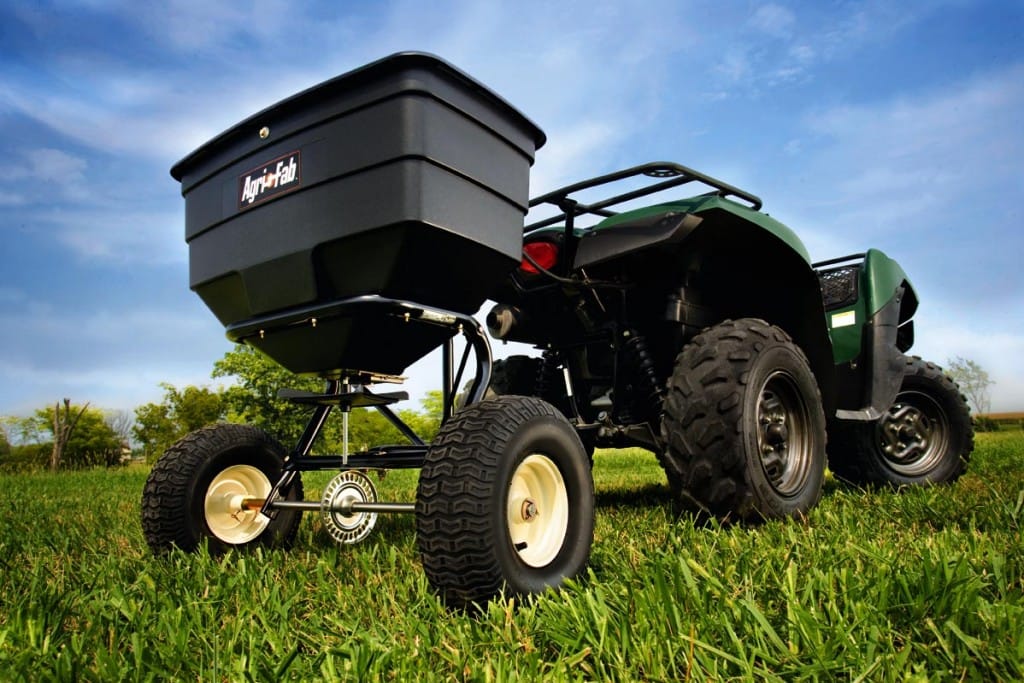Source(s): Gil Landry, PhD., Coordinator – UGA Center for Urban Agriculture, The University of Georgia.
There are three distinct aspects of turfgrass establishment.
- The first, soil preparation, is probably the most important.
- The second, planting, may involve seeding, sprigging or sodding.
- The final step is the care and maintenance for two to four weeks after planting.
Care after Planting
Water newly-planted turf areas regularly. The waterings should be light and often enough to prevent the surface from drying. This usually means daily waterings for the first 2-3 weeks. As the seedlings develop, or as the sprigs or sod begin to take root and grow, decrease the frequency of watering and increase the amount applied each time.
The grass should be mowed when it reaches 1.5 times its recommended mowing height. Do not mow young grass when it is wet. See the table below – “Mowing Height for Lawn Grasses in Georgia” for more information.
Newly-planted turfgrasses should be fertilized according to soil test recommendations. In the absence of these recommendations, and in order to obtain rapid cover, monthly apply a complete fertilizer (contains N, P and K) at the rate of one to two pounds of nitrogen per 1000 square feet. Proper fertilizer application is also important and is discussed in factsheet “Fertilization of Turgrasses”.
Newly-planted areas are likely to become weed infested. Weeds should be controlled by frequent mowing and proper fertilization and watering. If chemical weed control is necessary, consult the Weed Control in Lawns bulletin.
| **** Mowing Height for Lawn Grasses in Georgia **** | |
| Grass | Cutting Height (inches) |
| Tall Fescue | 2-3 |
| Bluegrass | 2-3 |
| Common Bermudagrass | 1-2 |
| Hybrid Bermudagrass | 0.5-1.5 |
| Zoysia | 0.5-1.5 |
| Centipedegrass | 1-1.5 |
| Carpetgrass | 1-2 |
| St. Augustine | 2-3 |
| Ryegrass | 1-2 |
Resource(s): Lawns in Georgia
Center Publication Number: 131
- Grasscycling: Feed Your Landscape, Not the Landfill - September 24, 2013
- Fertilizing Lawns - September 24, 2013
- Mowing Lawns - September 24, 2013
